The best Marvel characters left to adapt to the MCU
Besides the X-Men and Fantastic Four, there aren't a lot of old-school Marvel characters left to bring to the MCU

Namor the Sub-Mariner, Marvel's (co)-oldest character is finally coming to the MCU on November 11 in Black Panther: Wakanda Forever. Created in 1939 before Marvel Comics was even Marvel Comics, Namor is played by actor Tenoch Huerta and will include significant changes to the character's background and history.
Wakanda Forever also includes actor Mabel Cadena as Namora, who debuted in 1947 and in comic books was the cousin of Namor.
Both characters predate by decades what's considered the start of the official Marvel Universe as we know it - 1961's Fantastic Four #1.
But Namor and Namora aren't the only old-school Marvel characters that have debuted or will soon debut in the MCU.
2021's Black Widow brought us David Harbour's comedic take on Red Guardian ('67); Eternals cup runneth over and brought us Gemma Chan's Sersi ('63), Kit Harington's Dane Whitman-the Black Knight ('67), Mahershala Ali's Blade ('73, but in voice only), and Harry Styles' Eros/Starfox ('73); Spider-Man: No Way Home and then this year's She-Hulk: Attorney at Law brought Charlie Cox's Daredevil ('64) to the MCU (although it remains to be seen if its the Netflix Daredevil), and Hawkeye introduced MCU fans to Tony Dalton's Jacques Duquesne-The Swordsman ('65).
2022 has expanded the old-school ranks even further. Not only did Doctor Strange in the Multiverse of Madness introduce Multiversal versions of Mr. Fantastic ('61), Charles Xavier/Professor X ('63), and Black Bolt ('65) played by John Krasinski, Patrick Stewart, and Anson Mount, respectively, but it also briefly introduced Clea ('64) played by Charlize Theron.
Earlier this year Thor: Love and Thunder gave us a brief glimpse of Brett Goldstein's Hercules ('65), while Will Poulter's Adam Warlock ('67) is coming in 2023's Guardians of the Galaxy Vol. 3, and Marvel Studios is prepping a Wonder Man ('64) Disney Plus series that will reportedly star Yahya Abdul-Mateen II.
Get the best comic news, insights, opinions, analysis and more!
With the full Fantastic Four line-up slated to debut by no later than February 25 of 2025 and the entire X-Men section of the Marvel Universe probably making up a significant part of the post-2025 MCU Phase 7 and beyond (including Deadpool and Wolverine's November 2024 MCU debut), since Iron Man kicked it all off in 2008 a surprising number of Marvel's pantheon of superheroes have already been adapted or will be adapted for the screen, this despite boasting a catalog of thousands of characters.
Who's left for Marvel to mine for Phase 7 and subsequent phases? Accounting for the X-Men characters and the Spider-Man characters still in Sony's web (get it?), and not wading into continuity-canon issues surrounding Marvel Television characters like the Inhumans, let's begin a decade-by-decade look at what superheroes are left and who's got the most live-action potential, beginning with the pre-1961 Marvel Universe years and the 1960s.
Pre-1961's Fantastic Four #1
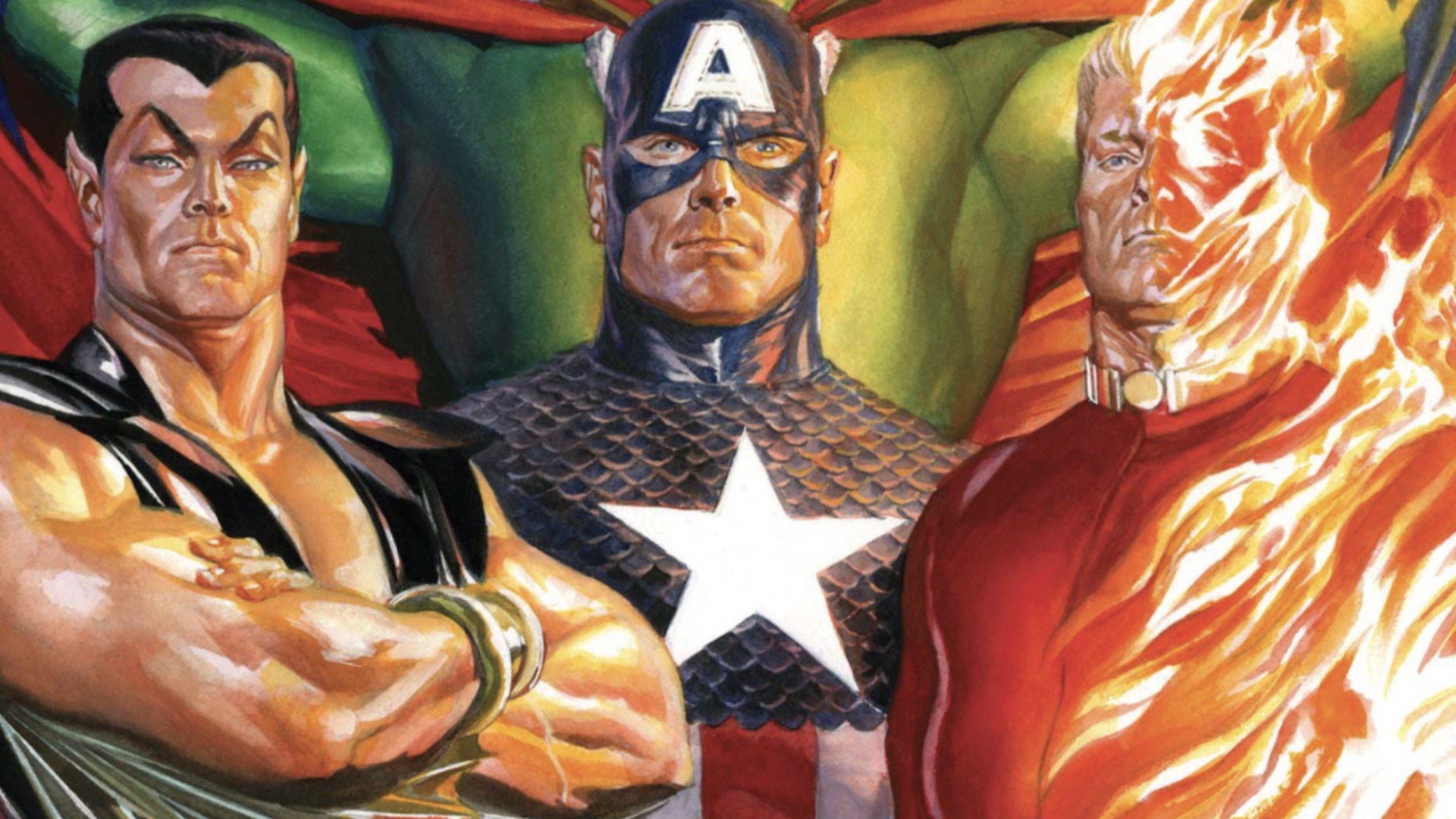
Namor, Captain America, and Bucky (who would become the Winter Soldier in recent years) are far and away Marvel's most famous pre-FF characters. And a character who shared many war-time adventures with them is perhaps fourth on that shortlist.
The Original Human Torch
Jim Hammond, the original Human Torch, debuted along with Namor in 1939's Marvel Comics #1 and is still active in Marvel Comics today, and in fact, has already been seen in the MCU, as an Easter egg in Captain America: The First Avenger during the World's Fair scene (that's him at 00:11:40).
Despite being called the Human Torch, Hammond is a humanoid android built by a scientist, whose skin originally caught fire when exposed to oxygen, giving him the same appearance and superpowers as the more famous Human Torch, the Fantastic Four's Johnny Storm, who would be created 22 years later.
And that was no accident. The original Human Torch, who had appeared in World War II adventures with Namor and Captain America in the '40s, was essentially a defunct character by the time 1961 rolled around, and Stan Lee and Jack Kirby simply repurposed his look, powers, and superhero name for Johnny Storm when creating the Fantastic Four.
In true comic book fashion, Hammond was revived by Marvel years later and backstories were rewritten to accommodate both Human Torches.
But given their similarities, it's unlikely Hammond has an MCU future, despite his MCU past, at least not as the flaming version of the character.
Otherwise, pre-FF Timely Comics are mostly filled with World War II patriotic superheroes from the '40s, some funky sci-fi characters from the '50s, and a lot of western characters with either 'Kid' or 'Rider' in their names.
One notable exception however is Marvelman (now Miracleman).
Miracleman
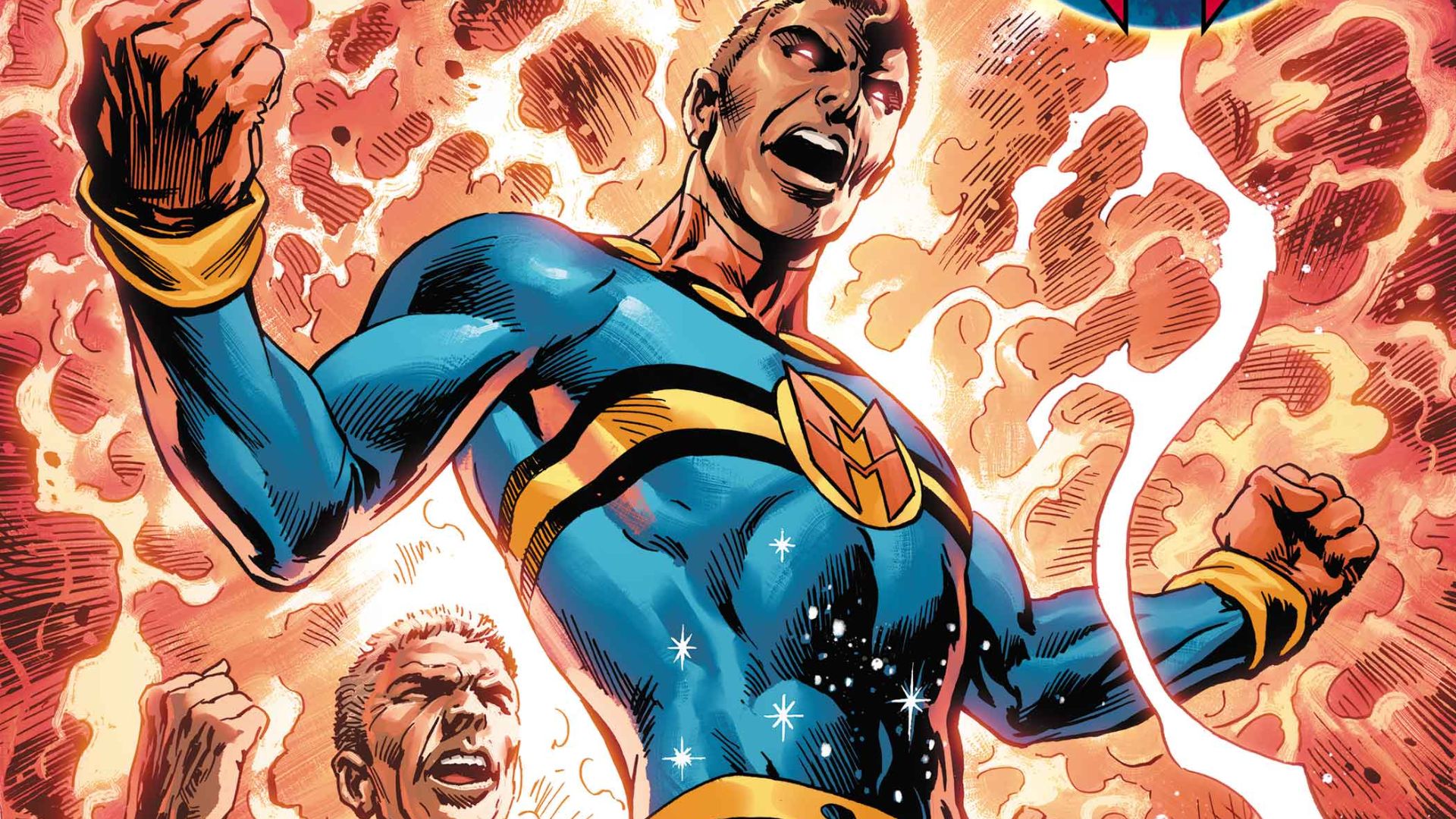
Created by the British publisher L. Miller & Son in 1954 as a thinly-disguised knock-off of the super-popular-at–the-time Captain Marvel (you know him as Shazam), Miracleman (then Marvelman) was a minor blip on the radar until he was revived/reinvented in 1982 by Alan Moore. Neil Gaiman would later contribute to the critically-acclaimed redo, but the character existed in legal limbo for decades until recently Marvel Comics finally cleared enough hurdles to revive him as a Marvel Universe character later in 2022.
It's unclear if Marvel/Disney's rights extend to multimedia adaptations of the character, but if they do Miracleman is far and away the character from the '50s with the greatest screen potential.
The '60s

A magical character by the name of Doctor Druid debuted in '61 a few months before the FF and has been seen sporadically over the decades.
Kind of what would happen if your high school social studies teacher became a superhero, Druid may find himself in the background of a Doctor Strange story someday, but MCU stardom is likely not in his future unless Marvel Studios aggressively pursues the middle-aged dad demo.
There are more likely live-action characters from the swingin' '60s, however.
Balder
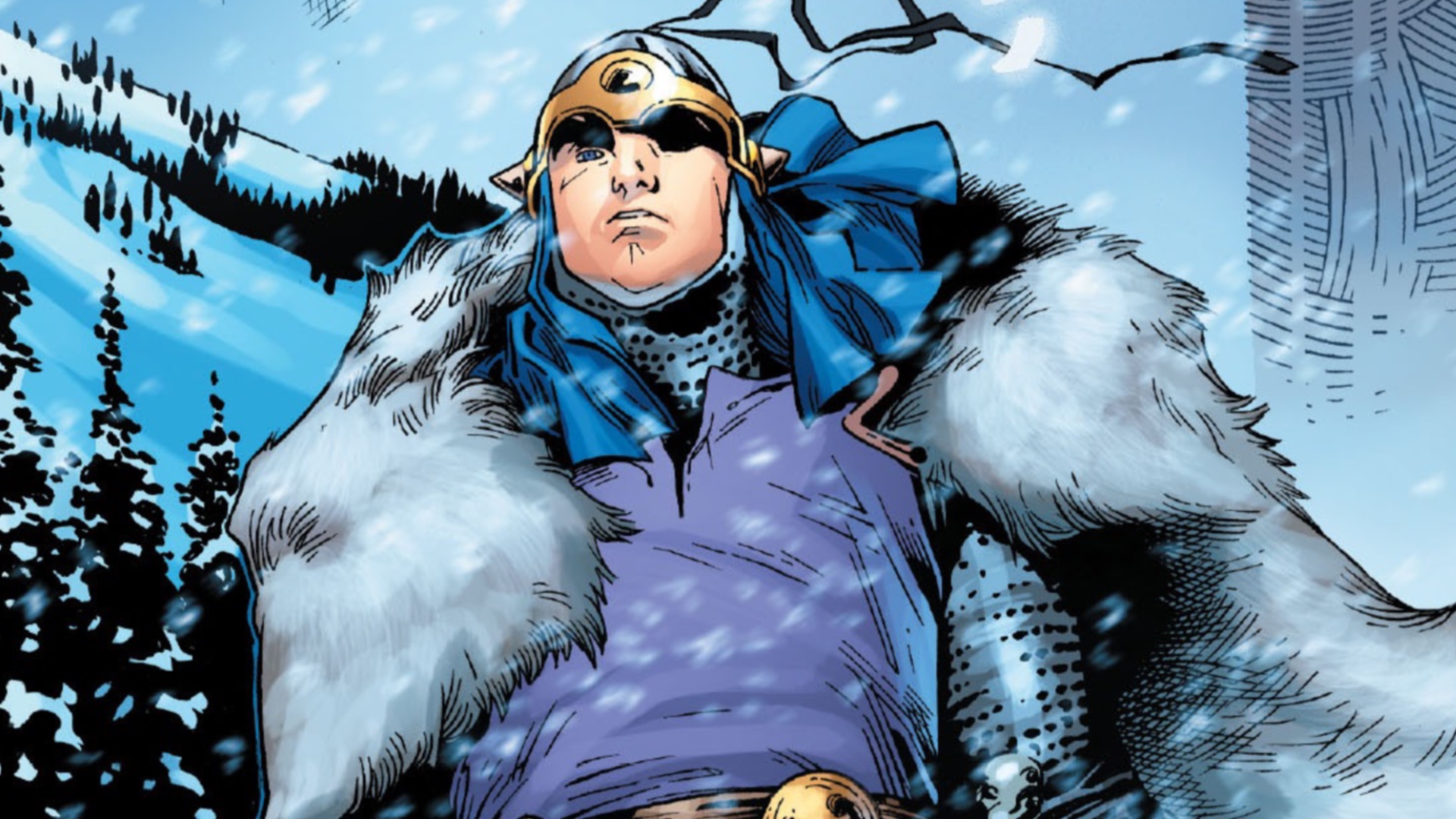
Balder the Brave ('62) has been one of the most interesting omissions of the first 14 years of the MCU. The half-brother of Thor, Balder's arguably the most significant Asgardian character after Thor and Loki, at least in the '60s and '70s. Both in mythology and in comics, Balder has a prominent history as the butt of Loki's most vicious jokes - with one even leading to Balder's death and Thor's quest into Hel to find his soul.
The future of Thor in the MCU is something of a mystery right now. Marvel Studios has promised his return in the final title card of Thor: Love and Thunder, but whether that's in a fifth solo film or as part of the 2025 and 2026 Avengers films (or both) remains to be seen. Balder, however, could certainly play a role as an ally to the God of Thunder if the promised conflict between Thor and Asgardians on one side and Zeus and Hercules and other gods on the other take the form of another Thor solo adventure.
A pair of Thunderbolts

We'll quickly mention Abner Jenkins ('64) and Erik Josten ('65). Both were originally supervillains (the armored Beetle and the super-growing Goliath, respectively) but have flirted with superheroics over the last couple of decades as founding members of the supervillains-in-disguise superteam The Thunderbolts.
The Thunderbolts is coming to the MCU in 2024, and despite the fact the surprise the original comic book series successfully pulled off won't be possible on the big screen, we can't discount some nods to the original incarnation in the film, even though neither character is named as part of the team's official line-up.
As we say, both Jenkins and Josten were villains-in-disguise, but the respect they felt when people thought they were superheroes affected them both and gave them. tase for do-gooding, and they've flirted with hero turns since.
Ka-Zar
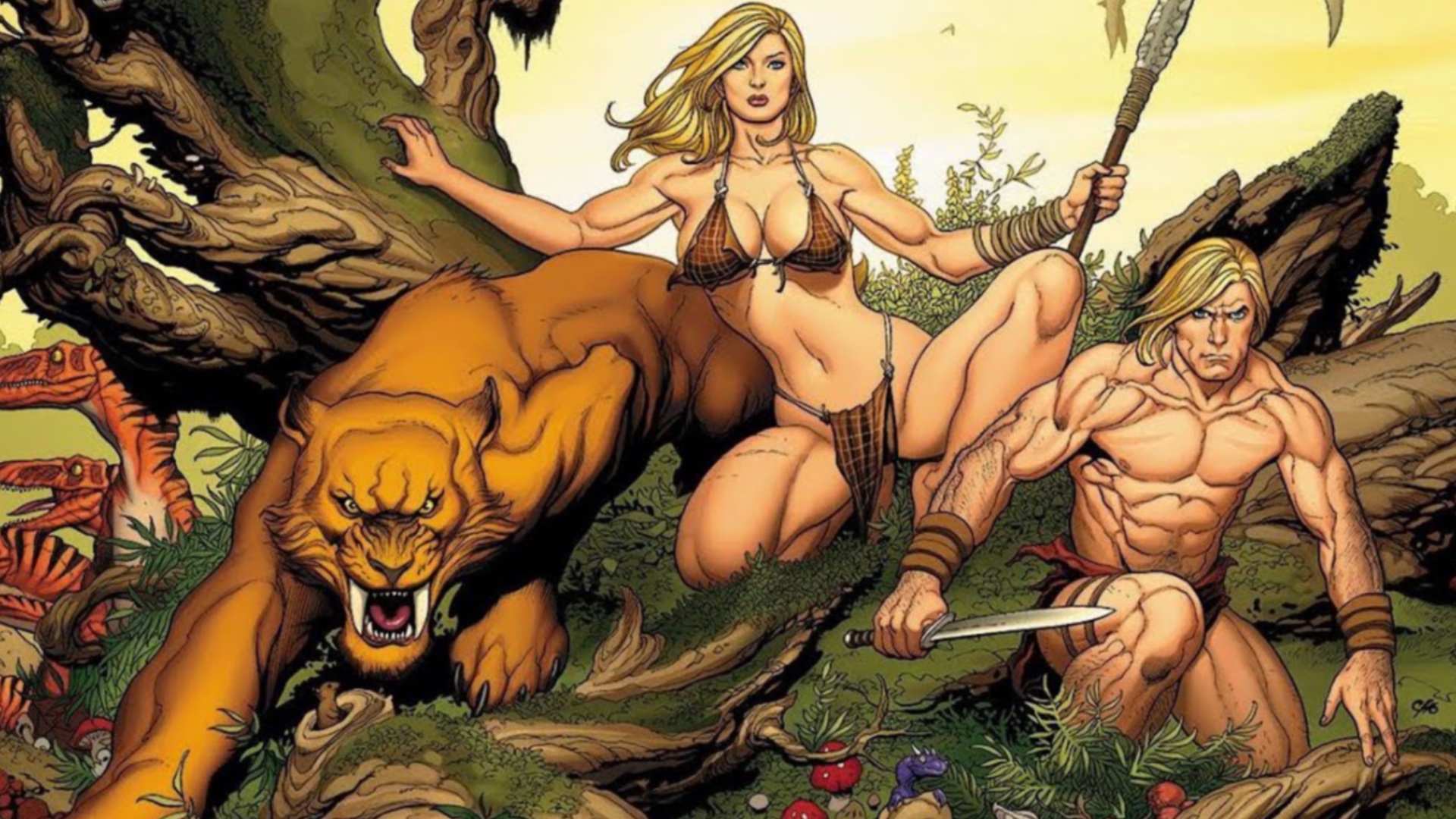
Ka-Zar/Kevin Plunder ('65, but bearing the same name and similar qualities as a character who debuted in a 1936 pulp magazine) is, in essence, Marvel's Tarzan. A caucasian man descended from British nobility who is raised in the jungle and becomes its de facto 'Lord.'
The modern Marvel version of the character is one step removed from what's now the problematic nature of the Tarzan concept, as Ka-Zar is the ruler of the fictional and scientifically-created "Savage Land" (where dinosaurs exist) in the center of Antarctica, and not on the continent of Africa.
The Savage Land is likely an exotic locale and concept the MCU will visit someday (it might have been seen briefly in Doctor Strange and America Chavez's wild ride through the Multiverse in Multiverse of Madness) but we still have our questions about a white male-'Lord of the Jungle' character.
The other hero in that image, Shanna the She-Devil is a topic of another day, specifically the day we discuss the '70s.
Stingray

We'll briefly mention oceanographer Walter Newell, aka Stingray ('69). First appearing in a Namor, the Sub-Mariner series, Newell created a cool exoskeleton suit that allows him to explore underwater and as a result, has superpowered properties ala Iron Man's armor (put a pin in that).
Newell was depicted as more of a scientist/explorer in his early years, getting caught up in superhero affairs more than seeking them out. But despite being a minor character, over the last couple of decades, he's more and more embraced a superhero role.
Stingray was in the crosshairs of the original comic book story arc Armor Wars when he adopted some elements of Tony Stark's tech, so a role in Armor Wars when that story arc is reportedly adapted into a feature film.
Hey, Stingray has got a cool suit and name, so hey, you never know.
Silver Surfer
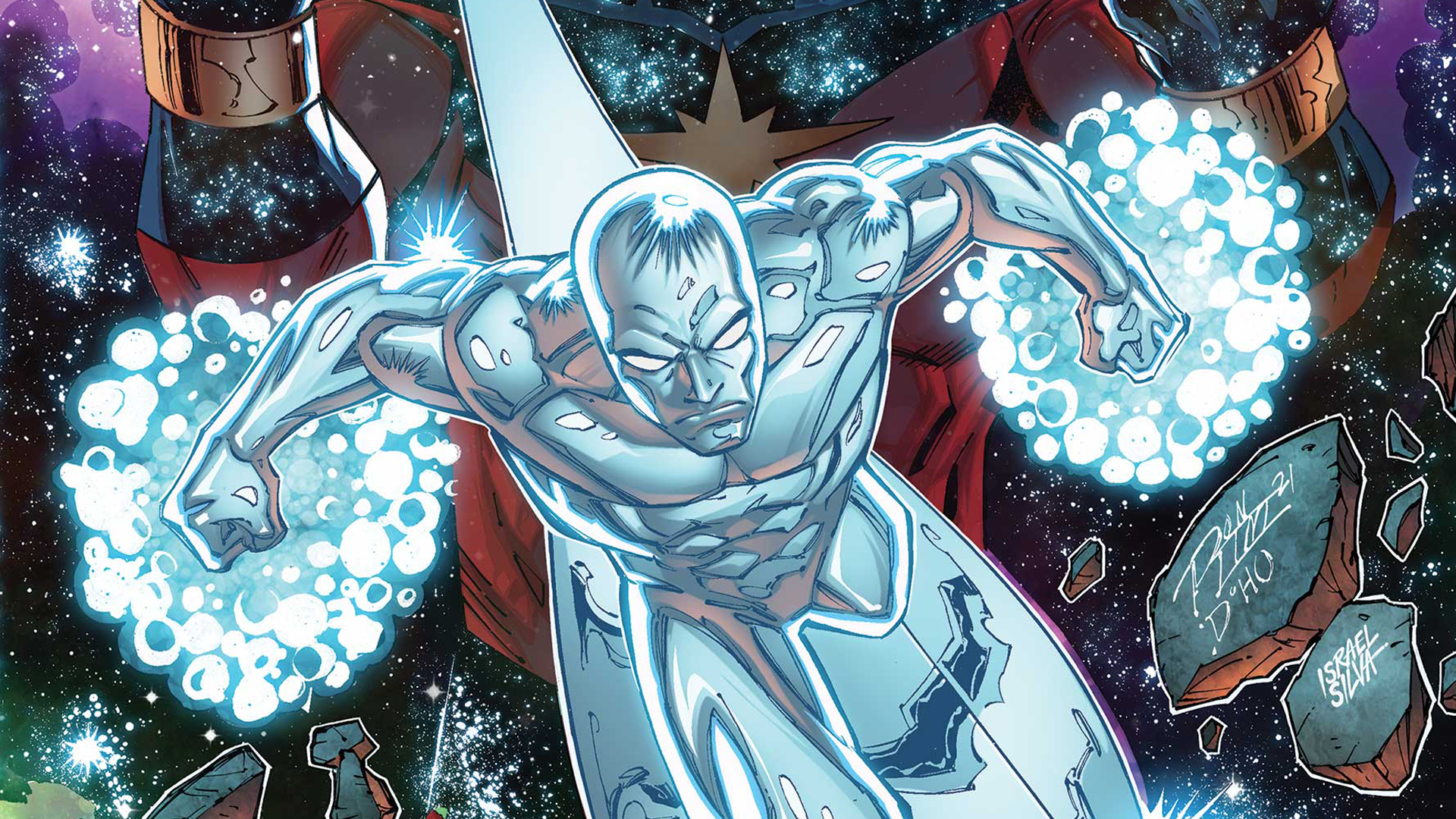
Finally, far and away the most famous and surest future MCU character from the formative '60s (or before) that we don't already know about is the Silver Surfer.
Rightly or wrongly the Surfer is considered a Fantastic Four character given his debut in 1966's Fantastic Four #48 and his long association with FF arch-foe Galactus. But like Black Panther (who also debuted four months later in the pages of Fantastic Four #52) the Silver Surfer has gone on to star in many solo series and is a classic Marvel character in his own right.
And did we mention director Adam McKay once expressed sincere interest in directing a Silver Surfer film?
While 2025's Fantastic Four would be his most likely place to debut the contemplative and philosophical (but immensely powerful) hero, with the cosmic-minded Guardians Vol 3., Secret Invasion, The Marvels, and Ant-Man and the Wasp: Quantumania all debuting before, don't be shocked to see the 'Sentinel of the Spaceways' make his presence felt before the FF, and for the Surfer to be the still-unadapted Marvel character from 1939 to 1969 mostly likely to star in a solo project of some kind.
We also look at the best Marvel characters left to adapt from the 1970s and 1980s.
I'm not just the Newsarama founder and editor-in-chief, I'm also a reader. And that reference is just a little bit older than the beginning of my Newsarama journey. I founded what would become the comic book news site in 1996, and except for a brief sojourn at Marvel Comics as its marketing and communications manager in 2003, I've been writing about new comic book titles, creative changes, and occasionally offering my perspective on important industry events and developments for the 25 years since. Despite many changes to Newsarama, my passion for the medium of comic books and the characters makes the last quarter-century (it's crazy to see that in writing) time spent doing what I love most.


